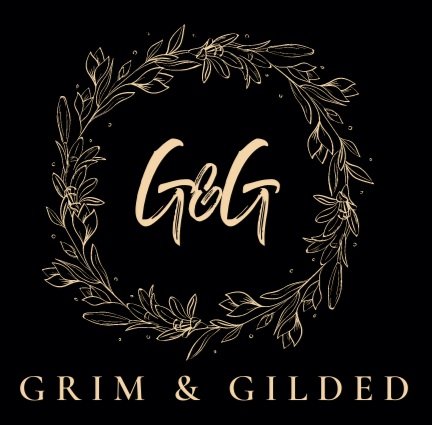Haustoria
It looked just like frost at first.
That winter morning was warm and windy, as usual, and the air smelled of rain and rot. Still, many of the older people assumed that the glittering, feathery blanket was, in fact, frost. It reminded them of the winters of their childhood—the metallic bite of the cold, frozen fractals unfurling along windowpanes, red cheeks, visible breath, sparks of static electricity.
Some of the younger people, who had never seen frost, mistook it for snow.
The entire neighborhood bounded outside in the weak early morning light to examine the phenomenon, laughing in delight at its unexpected beauty. It was impossible, yes. Still, everyone could see it.
And everyone who bent down to peer at the delicate white threads of mycelium inhaled a fatal lungful of spores before anyone understood what was happening.
The resulting infection was mercifully swift, and victims rarely suffered much. Many were taken backward in time when the fungus burrowed deep into their hippocampus, where it bumped against long-forgotten neural pathways on its ruthless, soon-to-be-ecologically-dominant course. Before the end, some people experienced those magnificent, vanished winters one last time: the trees black and solid against a heavy gray sky, the world transformed into something new by the sparkling hoarfrost.
They shivered in the hallucinogenic cold, oblivious to the changing world and entirely unaware that life’s next chapter, released robust and ready from the melting permafrost, had begun.
***
A.V. Greene is a writer and librarian living in the Ozarks with her family and a collection of carnivorous flora and fauna. For more, visit https://avgreene.com/ or follow her on Twitter at @avgreenewrites.

